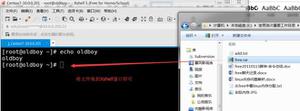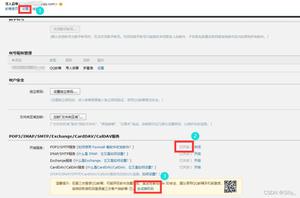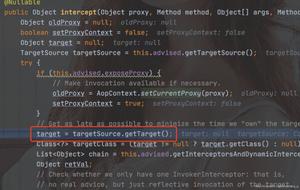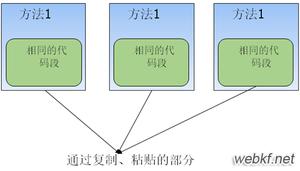深入springMVC源码文件上传源码解析(下篇)【上传效率问题,有待确认】

相信大部分人在处理文件上传逻辑的时候会直接获取输入流直接进行操作,伪代码类似这样:
@RequestMapping(value = "/upload", method = RequestMethod.POST)public ResultView upload(@RequestParam("file") MultipartFile file) {Inputstream in
= file.getInputStream();...
}
但是,出于效率,其实我个人更推荐使用 MultipartFile 的 transferTo 方法进行操作,类似这样:
@RequestMapping(value = "/upload", method = RequestMethod.POST)public ResultView upload(@RequestParam("file") MultipartFile file) {file.transferTo(
new File(destFile));...
}
为什么呢?这个就得从源码说起,废话不多说,咱们直接去看源码吧:
1. 先看 MultipartFile(其实现类CommonsMultipartFile) 的getInputStream方法:
CommonsMultipartFile:
public InputStream getInputStream() throws IOException {if (!isAvailable()) {thrownew IllegalStateException("File has been moved - cannot be read again");}
InputStream inputStream
= this.fileItem.getInputStream();return (inputStream != null ? inputStream : new ByteArrayInputStream(newbyte[0]));}
通过源码可以看到,spring是通过commons-fileupload 中的FileItem对象去获取输入流,那么就去看看FileItem(其实现类DiskFileItem)的对应方法:
DiskFileItem:
public InputStream getInputStream()throws IOException {if (!isInMemory()) {returnnew FileInputStream(dfos.getFile());}
if (cachedContent == null) {cachedContent
= dfos.getData();}
returnnew ByteArrayInputStream(cachedContent);}
通过源码可以看到:先去查看是否存在于内存中,如果存在,就将内存中的file对象包装为文件流, 如果不存在,那么就去看缓存,如果缓存存在就从缓存中获取字节数组并包装为输入流。
接下来,咱们再看看 CommonsMultipartFile 的 transferTo 方法,以便形成比较:
CommonsMultipartFile:
@Overridepublicvoid transferTo(File dest) throws IOException, IllegalStateException {if (!isAvailable()) {thrownew IllegalStateException("File has already been moved - cannot be transferred again");}
if (dest.exists() && !dest.delete()) {thrownew IOException("Destination file [" + dest.getAbsolutePath() + "] already exists and could not be deleted");}
try {this.fileItem.write(dest);if (logger.isDebugEnabled()) {String action
= "transferred";if (!this.fileItem.isInMemory()) {action
= isAvailable() ? "copied" : "moved";}
logger.debug(
"Multipart file "" + getName() + "" with original filename [" +getOriginalFilename()
+ "], stored " + getStorageDescription() + ": " +action
+ " to [" + dest.getAbsolutePath() + "]");}
}
catch (FileUploadException ex) {thrownew IllegalStateException(ex.getMessage());}
catch (IOException ex) {throw ex;}
catch (Exception ex) {logger.error(
"Could not transfer to file", ex);thrownew IOException("Could not transfer to file: " + ex.getMessage());}
}
不多说,主要看 this.fileItem.write(dest) 这一句,利用commons-fileupload 中的相关方法:
DiskFileItem:
publicvoid write(File file) throws Exception {if (isInMemory()) {FileOutputStream fout
= null;try {fout
= new FileOutputStream(file);fout.write(get());
}
finally {if (fout != null) {fout.close();
}
}
}
else {File outputFile
= getStoreLocation();if (outputFile != null) {// Save the length of the filesize = outputFile.length();
........
通过源码可以看到 transfoTo 方法很干净利落,直接去将内存中的文件通过输出流写出到指定的file 。 等等,跟上面的 getInputStream方法相比,是不是省了点步骤? 是的,再来一张图,清晰地表示两个方法地不同之处:
图中:
红色线表示使用的是transferTo方法,黑色线代表getInputStream方法, 可见,transferTo直接将内存中的文件缓存直接写入到磁盘的物理文件, 而getInputStream方法会中转一次(先通过getInputStream从内存中获取流,再通过outputStream输出到磁盘物理文件)。两者相比,即使从步骤来看,你也能看出来transferTo效率更高了吧。
好啦,本篇就到此结束啦!
以上是 深入springMVC源码文件上传源码解析(下篇)【上传效率问题,有待确认】 的全部内容, 来源链接: utcz.com/z/513436.html









